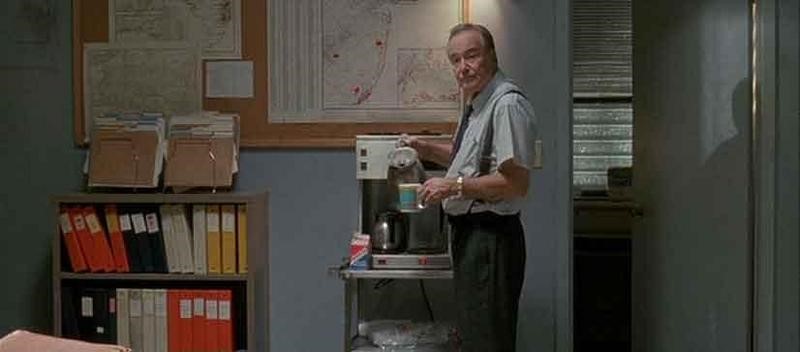My father-in-law goes to Tim Horton’s on his way to work every day. His morning ritual includes a hot double-double (our Canadian friends knows what this means) before he starts his day. Every day, he spends a couple bucks, give or take, on coffee. As I was talking to him about some of the app projects we are building, he told me that he never pays for apps. I was immediately struck by the thought process here. The value in his daily coffee was worth the money, but the value in a paid app versus a free app was not.
I think this mentality is widely prevalent in our culture and around the globe. People don’t think there is a need to pay for an app when you can use it for free. Paid apps often are received very poorly and people opt to continue using free versions that are bombarded by ads. Data shows the number of free mobile app downloads was close to 93 billion versus 9 billion paid downloads. Despite this mentality, worldwide mobile app revenue continues to grow. In 2011, it was $8 billion in revenue and is projected to eclipse $76 billion by 2017. While mobile app revenue has grown, the percentage of paid app revenue is expected to fall based on a 2011 to 2017 projection. Forbes explains this mentality as anchoring, which simply means that people have implicit expectations on what things should cost and don’t want to pay any more than they think something is worth.
This mindset, ironically and somewhat hilariously, seeps into the digital dating domain. You’d think that those committed to finding Mr. or Mrs. Right would be willing to shell out a few bucks to have special privileges. According to Bustle, about 275,000 people pay for Tinder out of the 32 million users—that’s 0.85%. Talk about a cheap date.
App development takes an immense level of thought, time and money. It’s pretty common for an app that is priced at $0.99 to have cost a development team thousands or even hundreds of thousands of dollars to build an app, and potentially months or years to actually get it into the market. While there is still opportunity for developers to make money on free apps through advertising and in-app purchases, paying a buck for the paid version of an app doesn’t seem too bad when you gain a better understanding on how much time, effort and money went into creating it.
Developers build apps to make your life easier/better/faster/amusing/entertaining. Support the developer community so they can continue to build amazing things that are accessible at your fingertips. I promise you the barista won’t miss you for a day.



